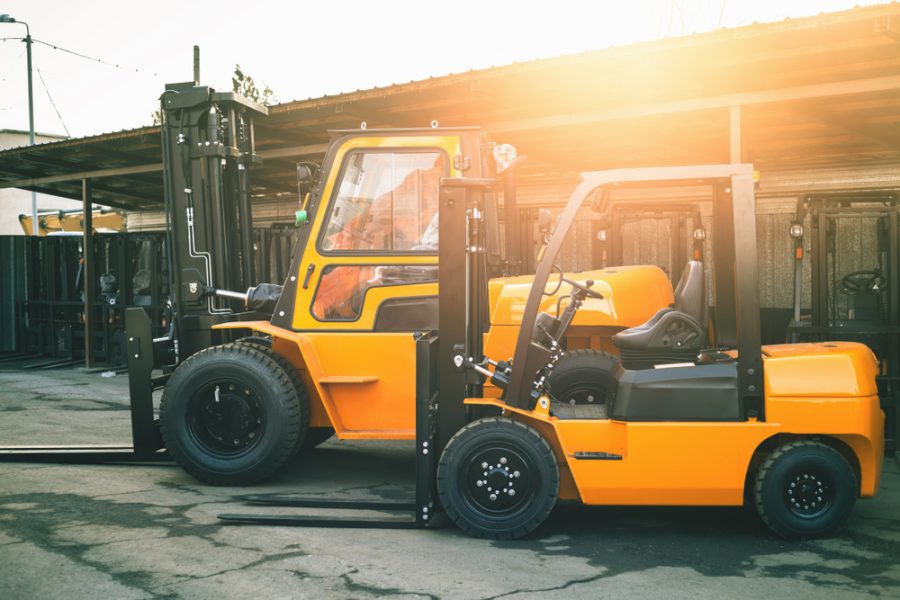Before using any equipment to begin their work, an operator of course has to review a given checklist on forklift maintenance. Having a thorough inspection will identify if there are parts of the equipment that needs repair because if there is just a tiny aspect of it left unchecked, complications will surely arise. To help you maintain your forklift in its best condition, you may follow this easy guide:
Keep a record of your forklift’s condition
Create and maintain a record on all your forklifts’ performance and assigned working area. This can guide you on how to ensure the equipment to keep track of its maintenance regularly and check if it is still performing in optimal condition.
You may also keep record on its work space to evaluate if the equipment is performing in accordance to its environment and equipment type. If it is underperforming, then you will be able to determine if you need to replace the forklift type with a different one.
Have a cleaning schedule
In general, a forklift will be exposed to a variety of working conditions. Dirt and debris are factors to consider that will eventually affect and compromise the equipment’s usability. Having a designated cleaning schedule for all your machinery and equipment should be included in your maintenance program. A technician should be assigned specifically since he is the best fit to determine if items/parts should be replaced or just in need of thorough cleaning. After cleaning, a machine should be properly lubricated with oil so that it doesn’t compromise its mobility.
Find a service provider
There is only so much you can do to make sure that your forklifts, or even other pieces of equipment like a hand pallet, is performing optimally. It is fortunate that there are service providers dedicated to help warehouses maintain heavy machinery such as this. They can help with inspection, preventive maintenance, and even part replacements. They have a technician who can customize a maintenance plan for you.
Train forklift operators
The best way to avoid incurring unnecessary expenses from maintenance is having well-trained operators. They should be able to know if their assigned forklift needs to be repaired and cleaned, what parts should be replaced, and what other dangers should the warehouse work on preventing. Operators must discuss important precautions to take in the event that an equipment breaks down with their co-workers. This will help you avoid careless accidents from happening in the workplace.
Create a maintenance schedule
Ideally, you should be inspecting your forklifts every month. Check the oil, air filters, chassis lubrication, lift and tilt cylinder, drive belt tension, and the engine. Quarterly inspections, on the other hand, involve all that was mentioned plus hand brakes and pedals, carriage rollers, lift chain tension, mast operation, hydraulic oil pump, clutch release, fuel filter, and PCV Valve. Lastly, semi-annual inspections have an additional inspection on brake booster operation, brake fluid, engine coolant, wheel bearing grease, engine bolts, and manifold nuts.
Safety should be everyone’s priority when it comes to heavy-duty occupation. Both the manager and forklift operator’s responsibility is to ensure that a forklift is safe to run during the warehouse operation. Taking necessary measures in implementing safety procedures is the first step to increasing lifespan in the workplace and to improve the efficiency of every employee.

